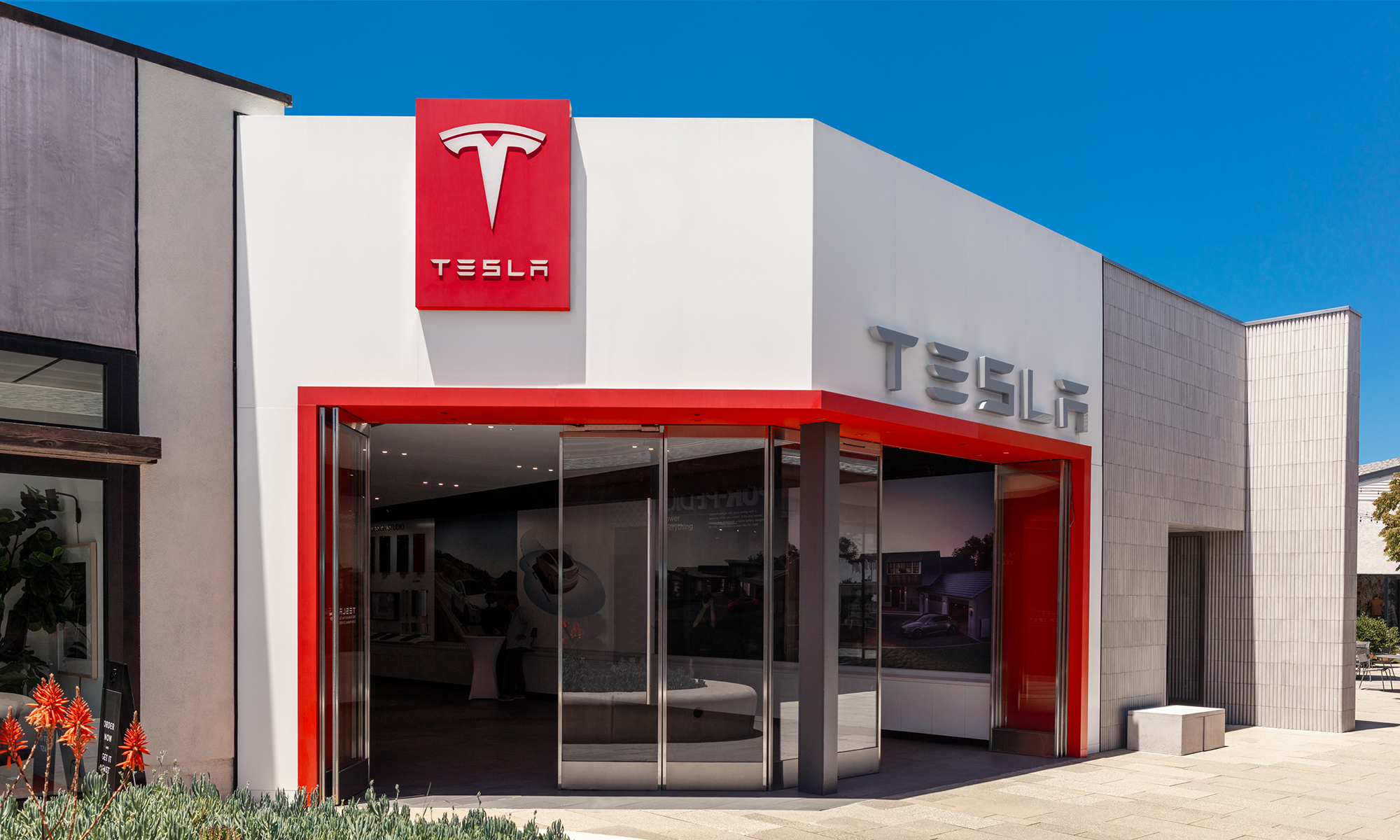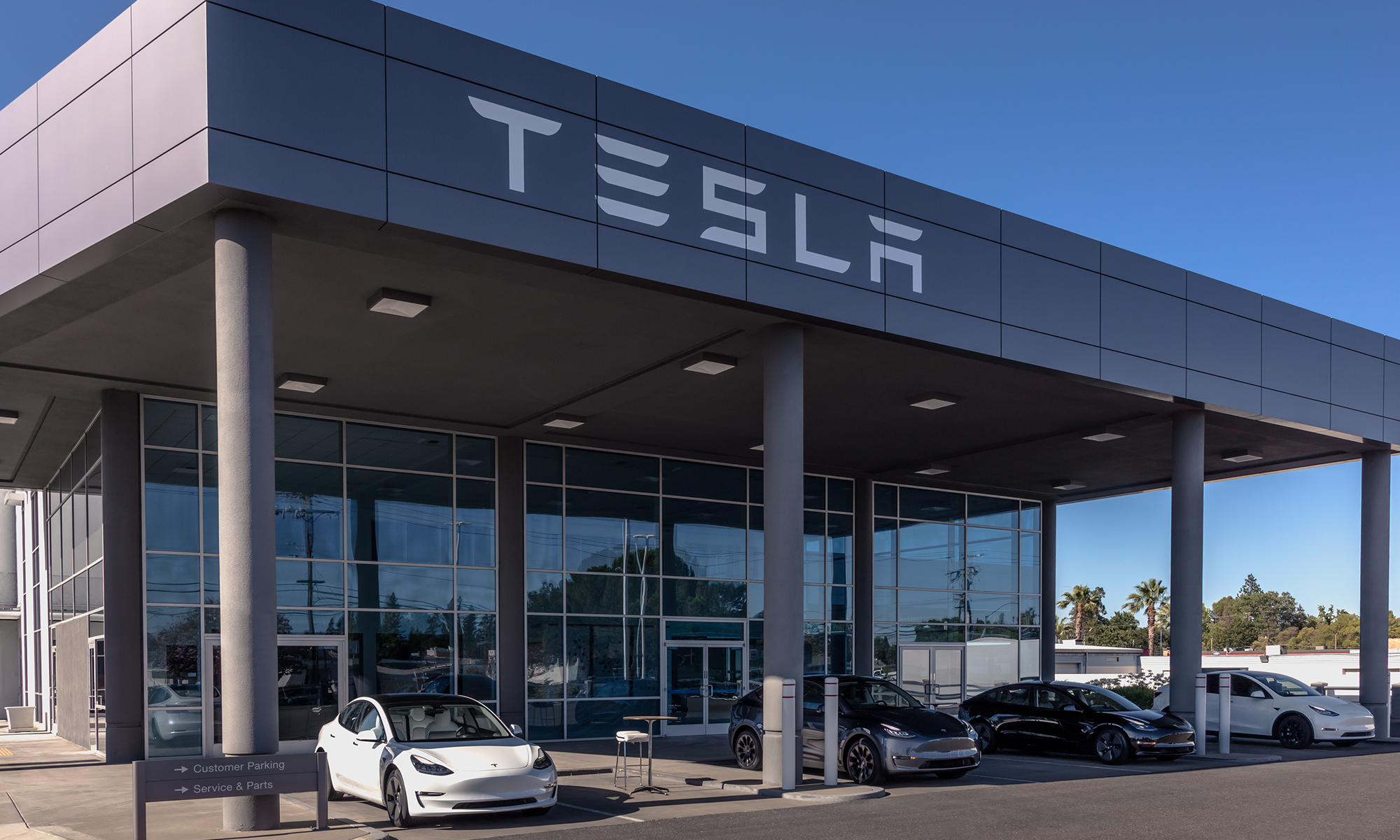Car companies typically aren't known for their fast product cycles. A new car usually takes three to five years to develop and launch, leaving much of its technology behind the curve compared to consumer electronics.
Not so with Tesla (TSLA +0.10%).
The electric-car company, run by PayPal co-founder Elon Musk, is equal parts automobile company and tech start-up. Investors looking for a reason to consider jumping in with Tesla need to look no further than the Model S.
Upgrading your car with a download
Compared to traditional automakers, Tesla can take full advantage that its vehicles run on all-electric systems and that its in-cabin electronics can be easily updated. Sure, some manufacturers like Ford and others issue software updates, but they're not nearly as extensive as Tesla's.
Consider Tesla's announcement last month that Model S owners who ordered their vehicles with the smaller 40 kWh battery would receive the 60 kWh battery instead (because of low-demand for the smaller version), but software would keep them from getting the mile range that other Model S owners paid extra money for.
The fact that all Model S owners now receive the bigger battery isn't the cool part, it's the fact that some Model S owners can simply upgrade their car's mileage range from 160 to 230 miles if they choose. Imagine trying call Ford and telling them you changed your mind and now you want to upgrade to the more fuel-efficient version of the car you just bought. Good luck with that.
Of course, Model S owners have to pay for the upgrade, but they don't have to sell their vehicles and buy new ones to get the new feature. They simply unlock its full potential whenever they want. And it doesn't stop with battery mileage.
CNET recently reported that Model S owners have received up to 10 software updates since the cars' launch, but will now average about one update every few months. The Model S' instrument panels and infotainment systems are all on electronic displays so the carmaker can make big upgrades to the system via wireless updates. Part of this is possible because Tesla uses NVIDIA display technology running on Tegra 3 chips. NVIDIA's chips bring the infotainment, navigation, and instrument-cluster panel of the Model S to life.
In-cabin infotainment and display updates can bring significant usability improvements for car owners, and allow Tesla to fine-tune its products even after they launch. But it could also be a revolutionary way to increase revenue from existing car owners, without having to sell them a new car or bring them into the dealership again for add-ons. The paid updates would be very similar to how smartphone users pay for apps to increase their phones usability or entertainment.
An automotive future built on tech
The Model S recently won Motor Trend's 2013 "Car of the Year", Automobile Magazine's "Automobile of the Year", and Consumer Reports just gave the Model S its highest rating ever. But despite the car's accolades, there are obviously some risks inherent in investing in such a young automobile company.
Tesla just became profitable this past quarter and the automotive industry is very susceptible to changing economic climates. Right now, Tesla licenses some of its battery and electric drivetrain technology to other manufacturers, but any shift away from electric vehicles in the auto industry could hurt the company's advances.
Tesla has achieved in a few short years what many other car companies in recent history have struggled to do – create electric vehicles that work well and that people will actually buy. Investors would be wise to take notice.






